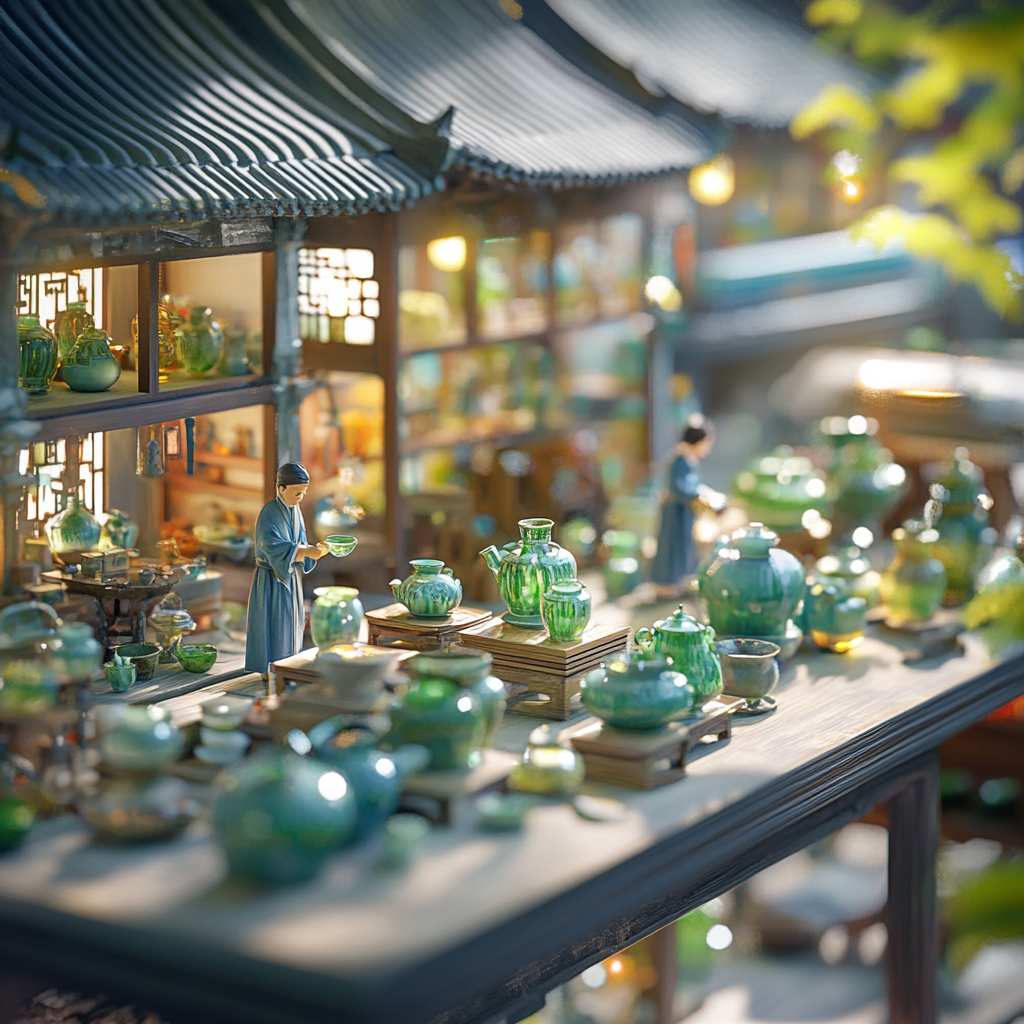《琉光万象》|淄博玻璃 · 济青高铁 · 山东淄博
《琉光萬象》是一場從千年琉璃到當代高鐵的光之對話。靈感取自《紅樓夢》第四十九回「琉璃世界白雪紅梅」,文章踏入淄博這座因火而生的城市,追溯琉璃由青銅副產走向獨立工藝的歷史脈絡,凝視火與礦的愛戀,與匠人手中那份對時間的信仰。在烈焰中成形的琉璃,不僅是器物,更是文化的記憶。而當濟青高鐵穿越淄博,兩者在同一片土地上展開詩意交會——速度與緩慢、現代與古法、流線與手工,皆匯成「光」的兩端。其中也書寫了王俠軍這位「為器而生」的琉璃与白瓷匠师,他以脫蠟鑄造法將東方哲思注入琉璃器物,讓火光成為信仰的形狀。這篇文章是對非遺與未來的雙重凝視,也是一封獻給中國美學與工艺的情書。Glaze of Myriad Lights is a dialogue of light from millennia-old glass to contemporary high-speed rail. Inspired by Chapter 49 of Dream of the Red Chamber—“A Crystal World of White Snow and Red Plum”—the essay steps into Zibo, a city born of fire, tracing how glass evolved from a byproduct of bronze to an independent craft. It gazes upon the courtship of flame and ore, and upon the artisans’ faith in time. Glass formed in raging fire is not merely an object, but a vessel of cultural memory. When the Jinan–Qingdao HSR cuts across Zibo, the two meet poetically upon the same soil—speed and slowness, modern technique and ancient method, streamlined form and handmade touch—converging as the two poles of “light.” The piece also portrays Wang Xiagun, a master of glass and blanc de chine “born for the vessel,” who, through lost-wax casting, infuses Eastern thought into glassware, shaping firelight into a kind of devotion. This essay is a double gaze toward intangible heritage and the future—also a love letter to Chinese aesthetics and craft.

